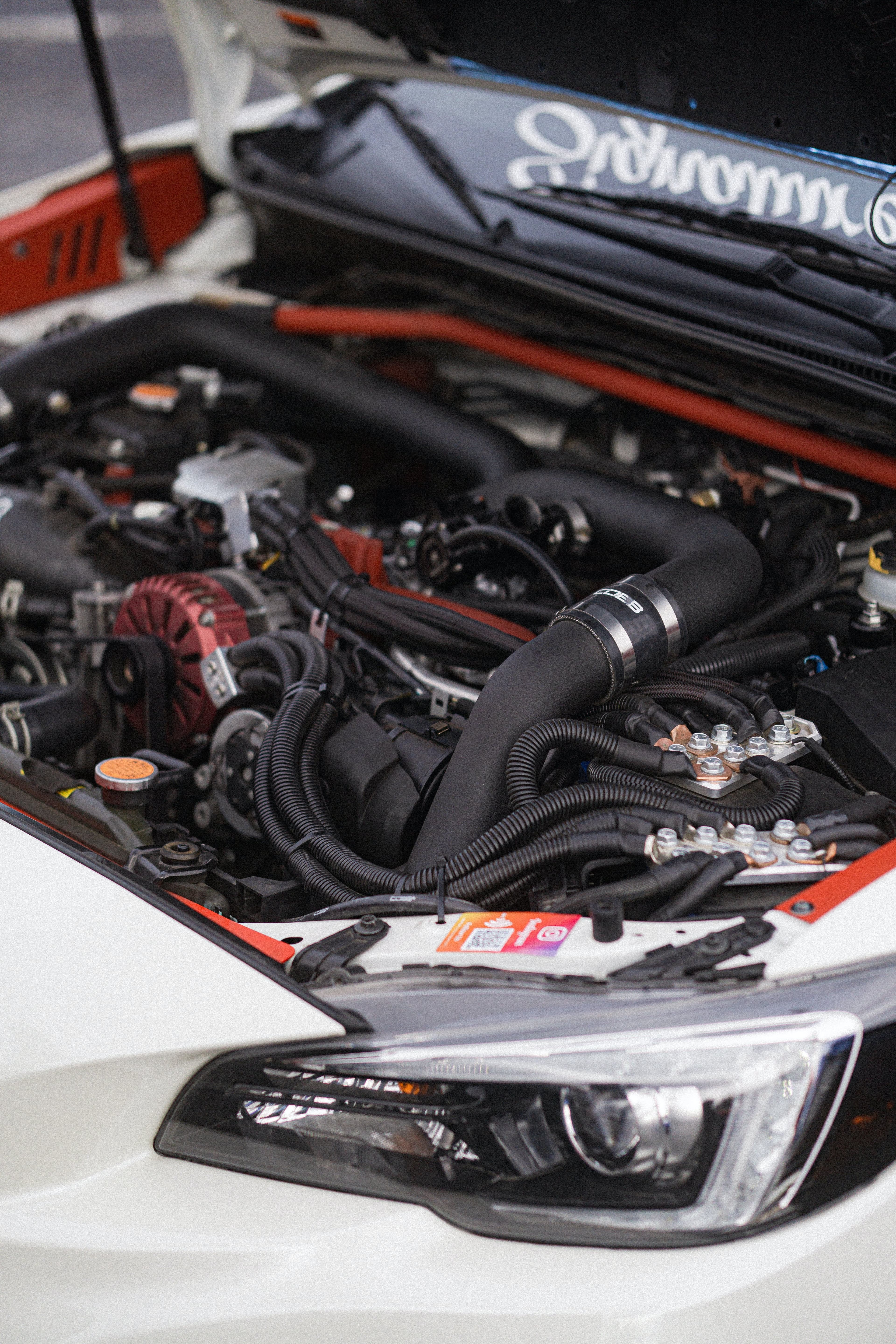Guide to Buying & Installing Aftermarket Car Parts
Aftermarket car parts can be a game-changer for vehicle enthusiasts looking to upgrade performance, enhance aesthetics, or simply maintain their cars with more affordable options. However, the vast market of aftermarket components can be overwhelming, and not all parts offer the same quality or compatibility. This guide provides essential tips to help you navigate the process of buying and installing high-quality aftermarket car parts.
Understanding Aftermarket Car Parts
Aftermarket car parts are components made by companies other than the original vehicle manufacturer. These parts can serve various purposes, including performance enhancement, replacement of worn-out parts, or customization of the vehicle's appearance.
Benefits of Aftermarket Parts
- Cost-Effectiveness: Often more affordable than OEM (Original Equipment Manufacturer) parts.
- Variety: A wider range of options and features.
- Performance: Some aftermarket parts are designed to improve the vehicle's performance beyond OEM specifications.
Potential Drawbacks
- Quality Variance: Quality can significantly vary between manufacturers.
- Warranty Issues: Using certain aftermarket parts can void your vehicle's warranty.
- Compatibility Issues: Not all parts are perfectly compatible with every vehicle model.
Tips for Buying High-Quality Aftermarket Car Parts
1. Research Manufacturers
Not all aftermarket parts are created equal. Research manufacturers and read reviews from other customers and professional reviewers. Look for companies with a reputation for quality and reliability.
2. Verify Compatibility
Ensure the part you're considering is compatible with your vehicle's make, model, and year. Many reputable sellers provide online tools to check compatibility.
3. Consider Your Needs
Decide whether you're looking for performance enhancement, aesthetics, or simply a replacement part. This will guide your search and help you choose the right product.
4. Check for Certifications
Look for parts that have certifications or endorsements from industry organizations. Certifications can be an indicator of quality and safety.
5. Understand the Warranty
Before purchasing, understand the warranty offered with the part. A good warranty can provide peace of mind and protection against defects.
Installing Aftermarket Car Parts
DIY vs. Professional Installation
Consider whether you have the skills and tools necessary for a DIY installation or if professional installation is advisable. Some parts, especially those related to safety or complex systems, might require professional installation.
Follow Instructions Carefully
If you're installing the part yourself, follow the manufacturer's instructions meticulously. Incorrect installation can lead to part failure and potentially void the warranty.
Keep Records
Maintain records of all purchases and installations. This documentation can be important for warranty claims and can also be beneficial if you decide to sell the vehicle.
Conclusion
Upgrading your vehicle with aftermarket parts can be a rewarding project that enhances performance, aesthetics, or both. By doing thorough research, verifying compatibility, and considering the quality and warranty of parts, you can make informed decisions that lead to successful upgrades. Whether you choose to install parts yourself or seek professional help, careful planning and attention to detail will ensure the best possible outcome for your vehicle enhancement project.
